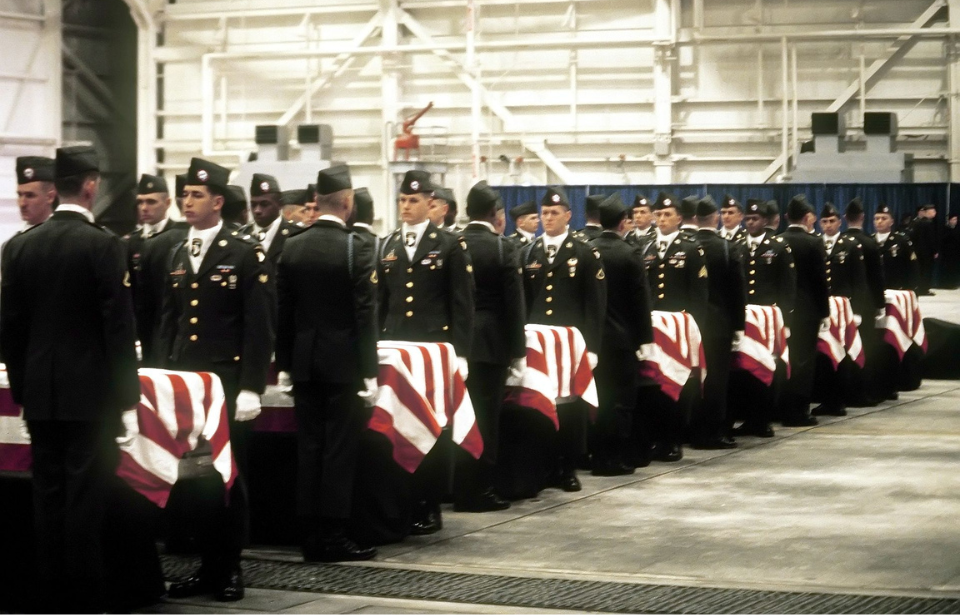In December 1985, the 101st Airborne Division experienced its most devastating single-day loss when a passenger plane carrying 236 of its members crashed shortly after takeoff from Gander International Airport in Newfoundland. The tragedy stands as one of the deadliest days in US Army history and is honored annually by the Screaming Eagles and the community where the aircraft went down.
Returning from a peacekeeping mission
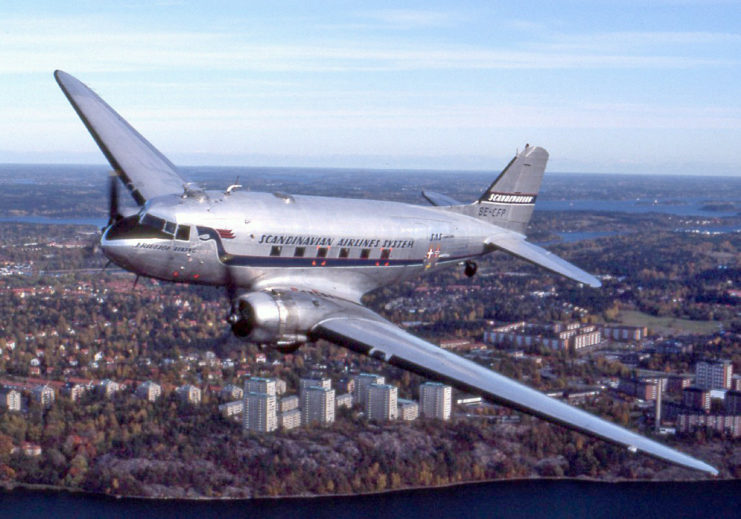
In 1985, the US Army deployed to Egypt’s Sinai Peninsula for a six-month peacekeeping mission as part of the Multinational Force & Observers (MFO). The contingent mainly consisted of troops from the 3rd Battalion, 502nd Infantry Regiment, 2nd Brigade, 101st Airborne. It also included 12 members from the Criminal Investigations Command (CID) and Forces Command (FORSCOM).
Scheduled to depart Egypt in mid-December, some servicemen had traded places with others who had young children and hoped to return earlier to begin their Christmas holidays. On December 11, 248 personnel boarded a Douglas DC-8-63CF jetliner, bound for their final destination of Fort Campbell, Kentucky.
The plane crashes with members of the 101st Airborne onboard
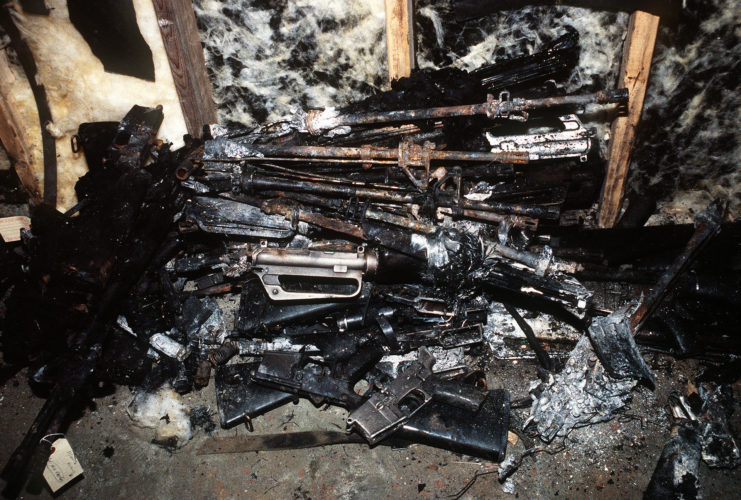
Flight 1285R took off from Cairo, Egypt at 8:35 PM on December 11, 1985. The trip back to the United States was intended to continue into the next day, with refueling stops in Cologne, West Germany and Gander, Newfoundland, Canada. The DC-8 arrived in Cologne at 1:21 AM and left just over an hour later with a new flight crew of eight.
At 9:04 AM, they arrived at Gander International Airport, where those onboard the plane disembarked while it was refueled and underwent an external inspection. At 10:15 AM, it took off down runway 22, hitting the air at 192 MPH. According to witnesses, the DC-8 appeared to experience difficulties during takeoff.
After hitting 198 MPH, the plane started to descend and was seen crossing the Trans-Canada Highway at a very low altitude. When interviewed after the crash, witnesses reported seeing a bright glow coming from the DC-8 before it struck the ground near Gander Lake, after which it broke up and burst into flames. The blaze was even more intense due to the extra amount of fuel the aircraft had taken on.
Everyone onboard the plane, including the members of the 101st Airborne, perished in the crash. At the time, it was the highest death toll of any accident involving a DC-8, until Nigeria Airways Flight 2120 crashed six years later while performing an emergency landing. To this day, the death toll is still the highest of any plane crash to occur in Canada and is the single deadliest air incident to involve the US Army during peacetime.
The Canadian Aviation Safety Board launches an investigation
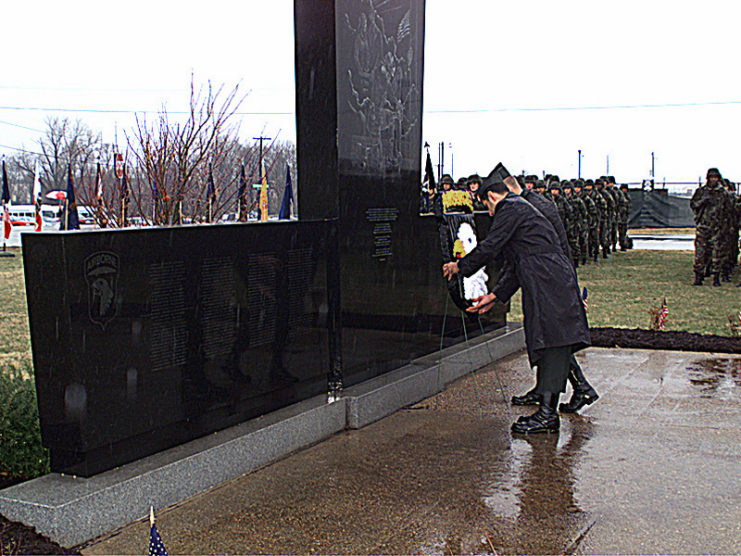
Immediately following the plane crash, the Canadian Aviation Safety Board (CASB) sent a response team to gather evidence that would aid them in figuring out what happened. At the end of the investigation, five out of nine board members concluded that during the DC-8’s approach to Gander, conditions were favorable for the formation of ice on the aircraft’s wings. It continued to be exposed to freezing precipitation upon landing and hadn’t been de-iced prior to taking off for Kentucky.
While the members weren’t able to determine the sequence of events that led to the crash, they wrote in their report that “the weight of evidence supports the conclusion that, shortly after lift-off, the aircraft experienced an increase in drag and reduction in lift that resulted in a stall at low altitude from which recovery was not possible.” They went on to say that the cause of the stall was ice contamination on the upper portion of the DC-8’s wings.
Four members of the CASB disagreed, speculating “an in-flight fire that may have resulted from detonations of undetermined origin brought about catastrophic system failures” and downed the plane. They also noted inadequacies with the data recovered. Judge Willard Estey of the Supreme Court of Canada ruled that the available evidence didn’t support either conclusion, the fallout for which resulted in the closure of the CASB and the establishment of the Transportation Safety Board of Canada.
On the day of the crash, an anonymous caller telephoned a French news agency in Beirut and claimed responsibility on behalf of the Islamic Jihad Organization. However, this was dismissed by both the Canadian and US governments.
The plane crash had a lasting impact on the 101st Airborne
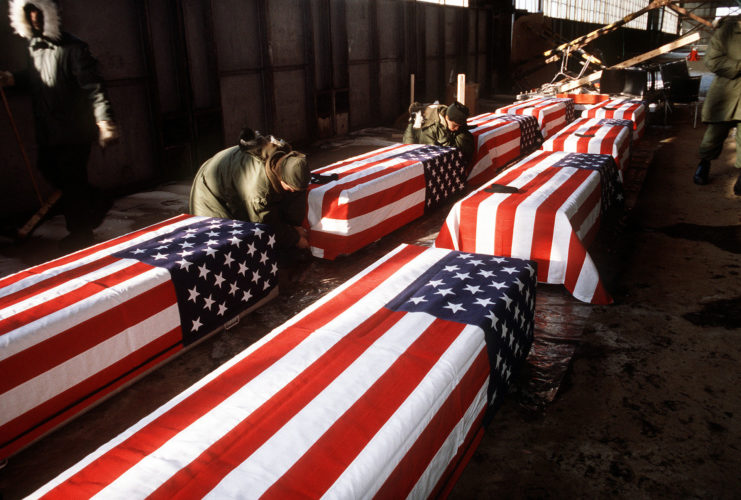
A few days after the plane crash, US President Ronald Reagan and First Lady Nancy Reagan visited Fort Campbell to comfort members of the 101st Airborne and the families of those who’d perished. Speaking before the group, he said, “Some people think of members of the military as only warriors, fierce in the martial expertise, but the men and women we mourn today were peacemakers. They were there to protect life and preserve peace, to act as a force for stability and hope and trust.”
Following the recovery period, the bodies of the fallen were repatriated to the US, escorted by their comrades in the 101st Airborne. Since the plane crash, a number of memorials have been erected to honor the victims, including one overlooking Gander Lake and another at Fort Campbell. A Memorial Park also opened in Hopkinsville, Kentucky.
Each year, a memorial service is held in Gander for the 256 who lost their lives. The event is live streamed to Fort Campbell, so current members of the 101st Airborne can participate.
More from us: The Douglas SBD Dauntless Changed the Course of the Second World War In a Single Day
Want War History Online‘s content sent directly to your inbox? Sign up for our newsletter here!
The crash of Flight 1285R has been featured in a number of television shows over the year. Unsolved Mysteries aired an episode about the incident, implying it was connected to the Iran-Contra Affair and was caused by either an explosion, detonation or fire on the DC-8. Discovery Channel’s Mayday also covered the crash in a season 11 episode titled “Split Decision.”
